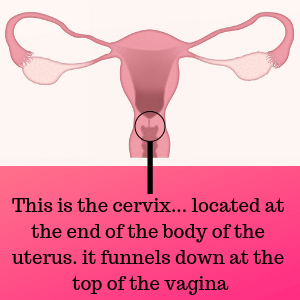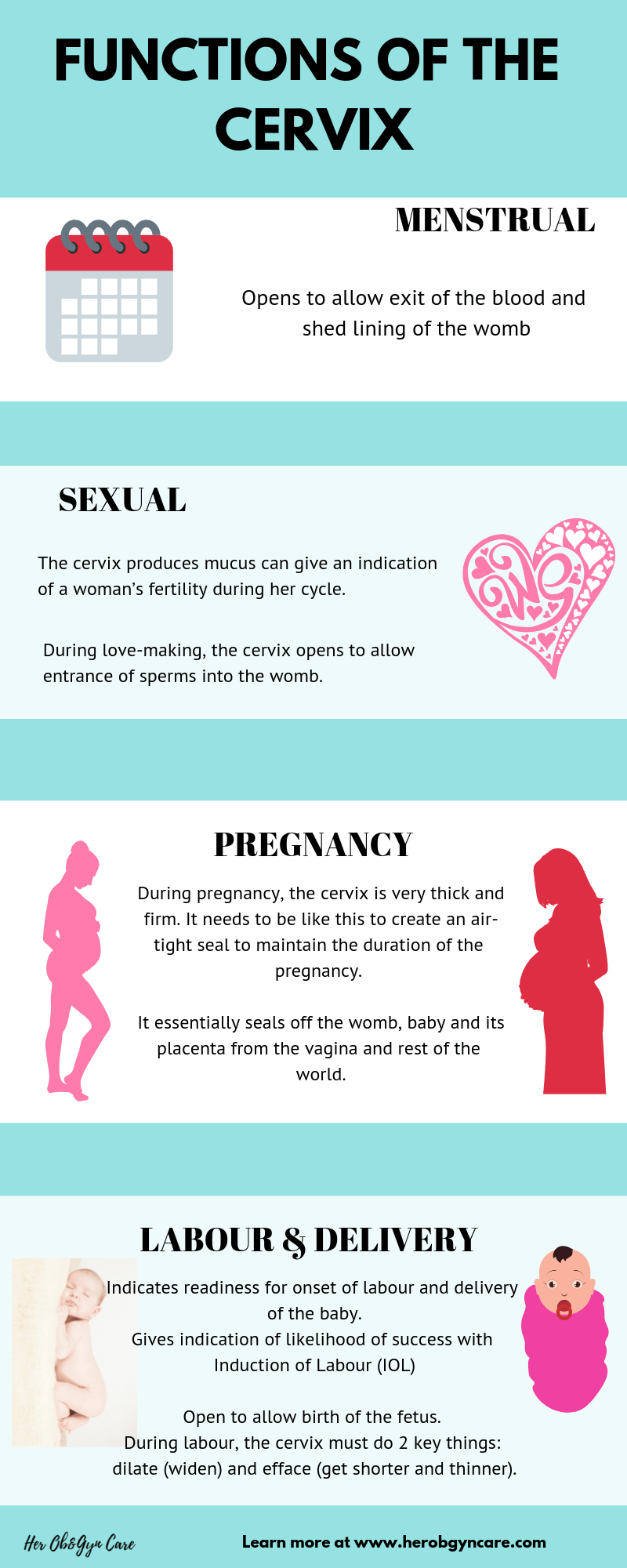Hey, Lovies!
I am happy that you decided to join us for a good read today. I am at your cervix! 😁
But… I have an important question to ask you…. Do you know what the cervix is?
Let me give you a minute to think about it.
Next… There is another question I must ask… Do you know the important functions of the cervix?
If you do, I can bet that you are a brilliant chic, because many women have no clue what it is or what it does.
However, if you don’t have all the answers, then you definitely need to stick around. I want to teach you the basics today. I promise that it will be a super-short but knowledge packed session today.
If there is something you don’t understand, feel free to ask questions in the comment section at the end. If you don’t want to go public, you can also connect with the creators at yourgynaetalk@gmail.com. We would be happy to answer your questions.
Don’t keep all the knowledge to yourself though. Remember to share this post with your friends and family. Hit the share button on the left side!
And, if you have not yet joined our email list, you need to do so now! You are missing out on our special content and products.
I hope you took the time to join our tribe. If you did, expect your first email in a few minutes.
Without further ado, let’s begin this class!
What is the cervix?
The uterine cervix is the organ located at the lower aspect of the body of the uterus (womb). Majority of the cervix will extend and protrude into the top of the vagina. It is the connection between the womb and the vagina.
The word ‘cervix’ is derived from the Latin word ‘collare’ which means ‘neck’.
Therefore, a doctor would explain it to you to be the ‘neck of the womb’.
The anatomical Latin term is ‘Uteri Cervix’
Function of the Cervix
The cervix acts as a gateway for the uterus. It will open or close based on the circumstances going on around its environment. Check out this cool, easy-to-read chart… But keep reading below so you can find out exactly how and why.
Download this and share with your friends.
Menstruation:
When the lining of the womb is shed during the monthly period, the cervix will open to allow exit of the lining and blood from the body. After the period, it closes off.
Sex & Fertility:
The cervix has glands which produces mucus. This mucus can give an indication of a woman’s fertility during her cycle.
The consistency of the mucus varies based on the time of the menstrual cycle. We check the stretch-ability of this mucus to determine if the woman is ovulating. We refer to this as the ‘spinnbarkeit’. It refers to the ability ‘to be spun’.
When the mucus is thin, clear, abundant and ‘stretchier’, the woman is more likely to be ovulating and will release an egg. This tells us that she is fertile.
A woman is most fertile 14 days after the start of her menses. She is more likely to ovulate on the 14th day of her cycle. Therefore, if she has unprotected sex, she is more likely to get pregnant.
During love-making, the cervix opens to allow entrance of sperms into the womb. The abundant, thin mucus also helps the sperms to swim up into the womb and get to where the egg is.
Thus, the cervix and its mucus facilitate fertilization of the sperm with the woman’s egg for the creation of new life.
When the mucus is thick, scant and tacky and not stretchy, almost like egg white, then we know that the woman is least fertile at that time of the month. Therefore, if she has unprotected sex, she is unlikely to get pregnant.
The thick mucus will block sperms from entering the womb. Therefore, fertilization is unlikely to happen.
Pregnancy:
During pregnancy, the cervix is very thick, long and firm. It needs to be like this to create an air-tight seal to maintain the duration of the pregnancy. It essentially seals off the womb, baby and its placenta from the vagina and rest of the world.
Loss of this ‘sealing’ ability before the at least 24 weeks of pregnancy often results in miscarriage.
If miscarriage due to a ‘weak’ cervix occurs at least 3 times in 3 consecutive pregnancies, we label this as Cervical Incompetence. In these cases, after the first 10-12 weeks of the next pregnancy, the Ob&Gyn will place a cerclage (stitch/suture in the cervix) to help it remain closed. Then, when it’s time for the baby to be delivered, the cerclage is removed to allow a nice and smooth labour process.
Labour:
Cervical changes is 1 of the 3 most important factors the Ob&Gyn monitors during the labour and delivery stages of a pregnancy.
During labour, the cervix must do 2 key things: dilate (widen) and efface (get shorter and thinner).
The Ob&Gyn will also check the
- position of the cervix and how it’s coming closer to the front of the pelvis
- softness of the cervix become and
- how it is accommodating the descent or ‘station’ of the baby’s head into the pelvis with the contractions.
We use all these factors to assess the progress of a vaginal labour and delivery.
If the cervix does not do these things, labour can become troublesome and require interventions by the midwife or Ob&Gyn.
The Ob&Gyn also looks at these changes to determine how likely vaginal birth is if labour needs to be induced. We check this with the modified Bishop’s score.
Let’s wrap this up
So, there you have it! You just learned all the basics about the uterine cervix and how important it is in your sexual and reproductive life.
Look out for another post on the real facts about cervical cancer this week.
You should also check out the first article in this series, if you haven’t yet. Read it now –> Spotlight: My first encounter with Cervical Cancer.
I hope you enjoyed. Don’t forget to leave your comments below. Let us know if you liked it.
Have an awesome week lovies!
XOXO
References
Rubin, R., Strayer, D. S., & Rubin, E. (2015). Rubin’s pathology clinicopathologic foundations of medicine. Philadelphia: Wolters Kluwer.
HealthLine Media. (n.d.). Cervix of uterus [Web log post]. Retrieved February 14, 2019, from https://www.healthline.com/human-body-maps/cervix-uteri#1
Baker, P. N., DM, FRCOG, & Kenny, L. C., DM, FRCOG (Eds.). (2011). Obstetrics by Ten Teachers (19th ed.). Boca Raton, FL: CRC Press
HAAD.AE. (n.d.). Cervical Cancer. Retrieved February 14, 2019, from https://www.haad.ae/simplycheck/tabid/71/default.aspx Segment: Structure & Function







